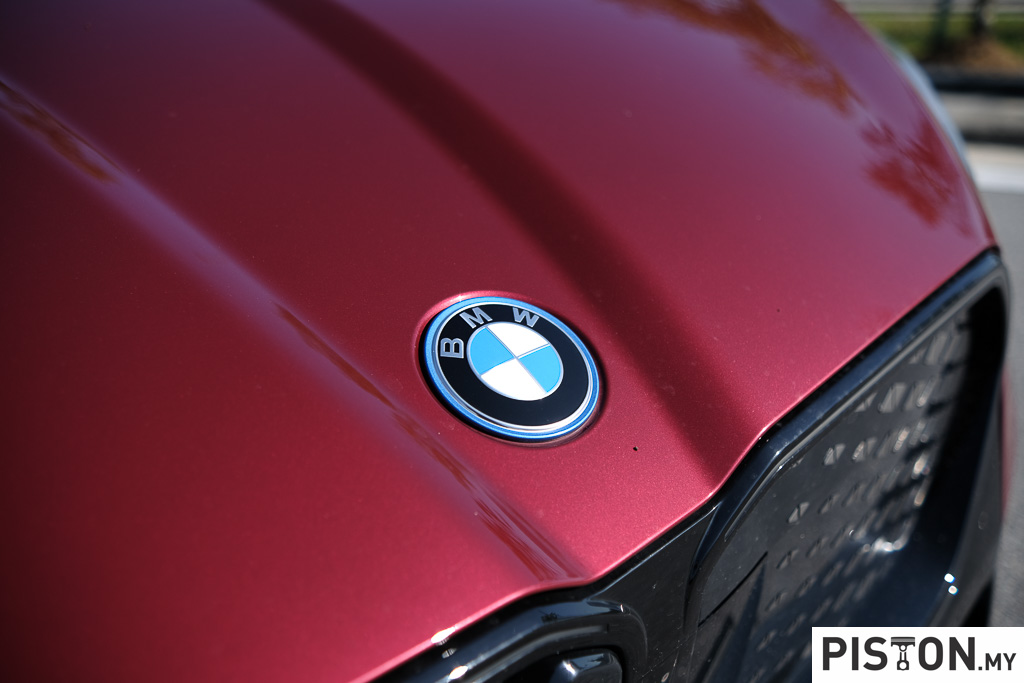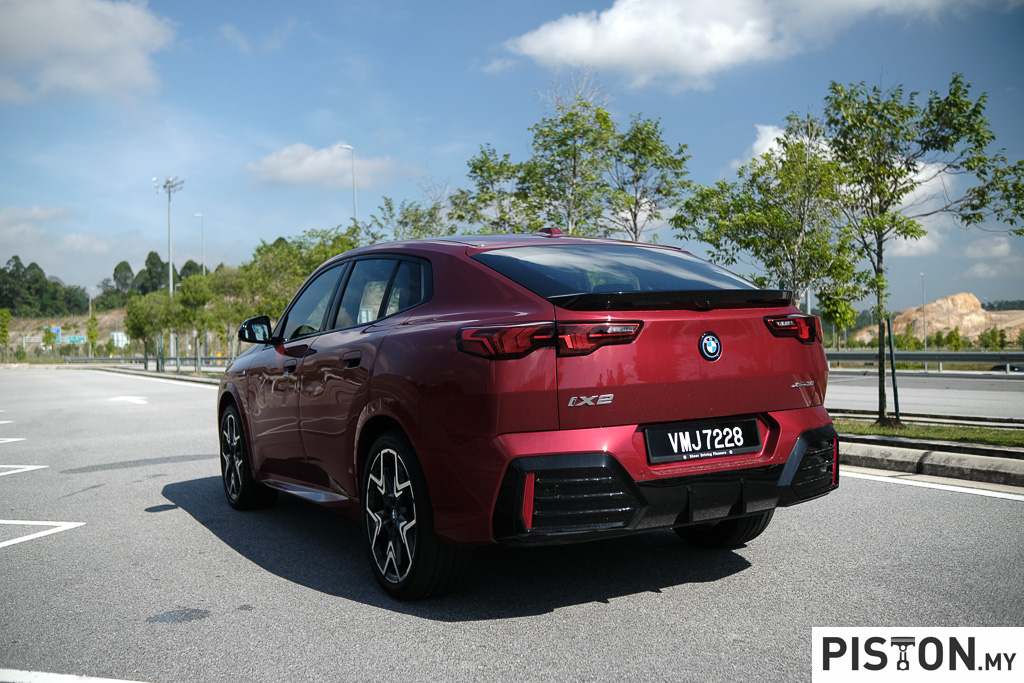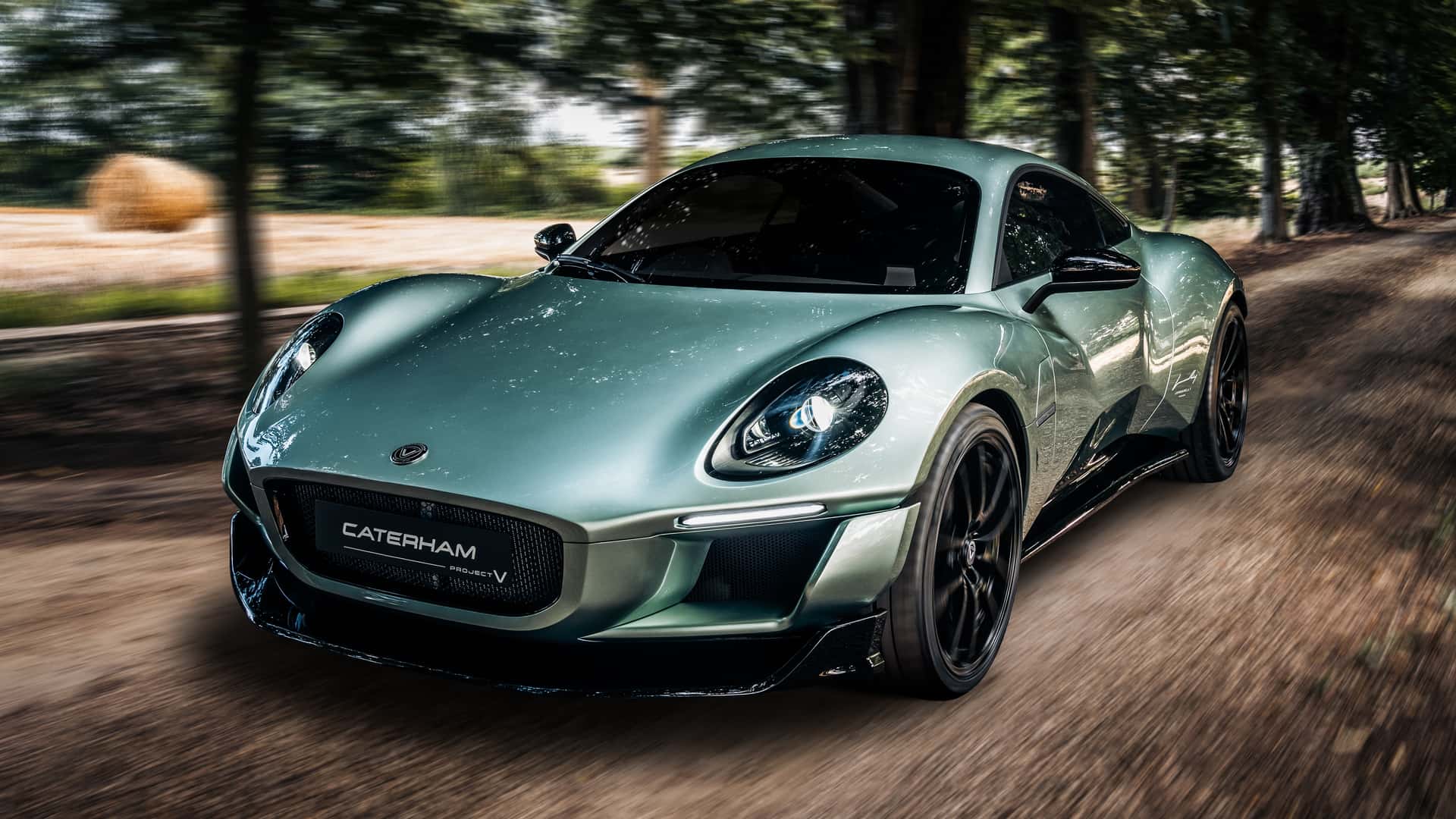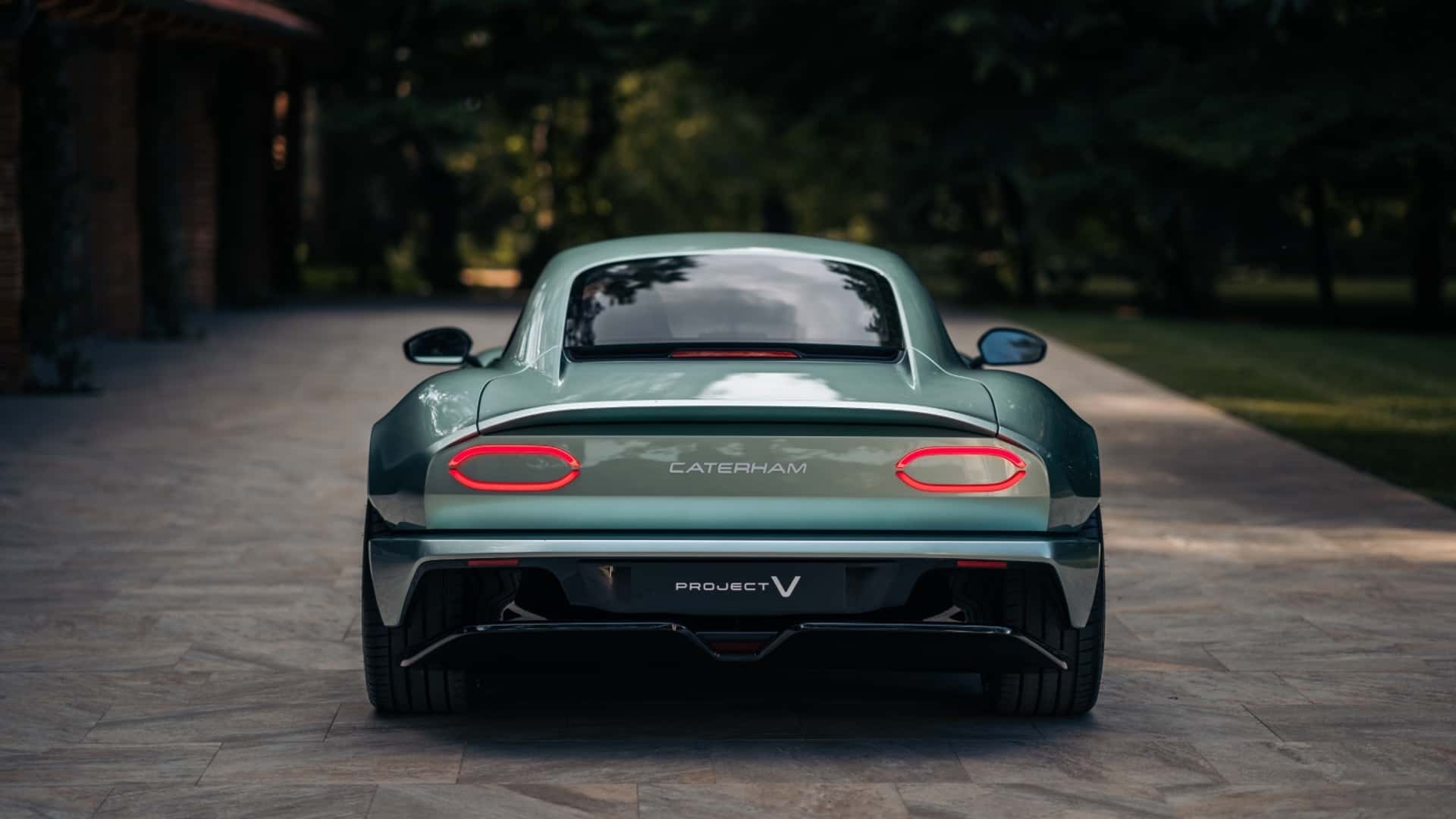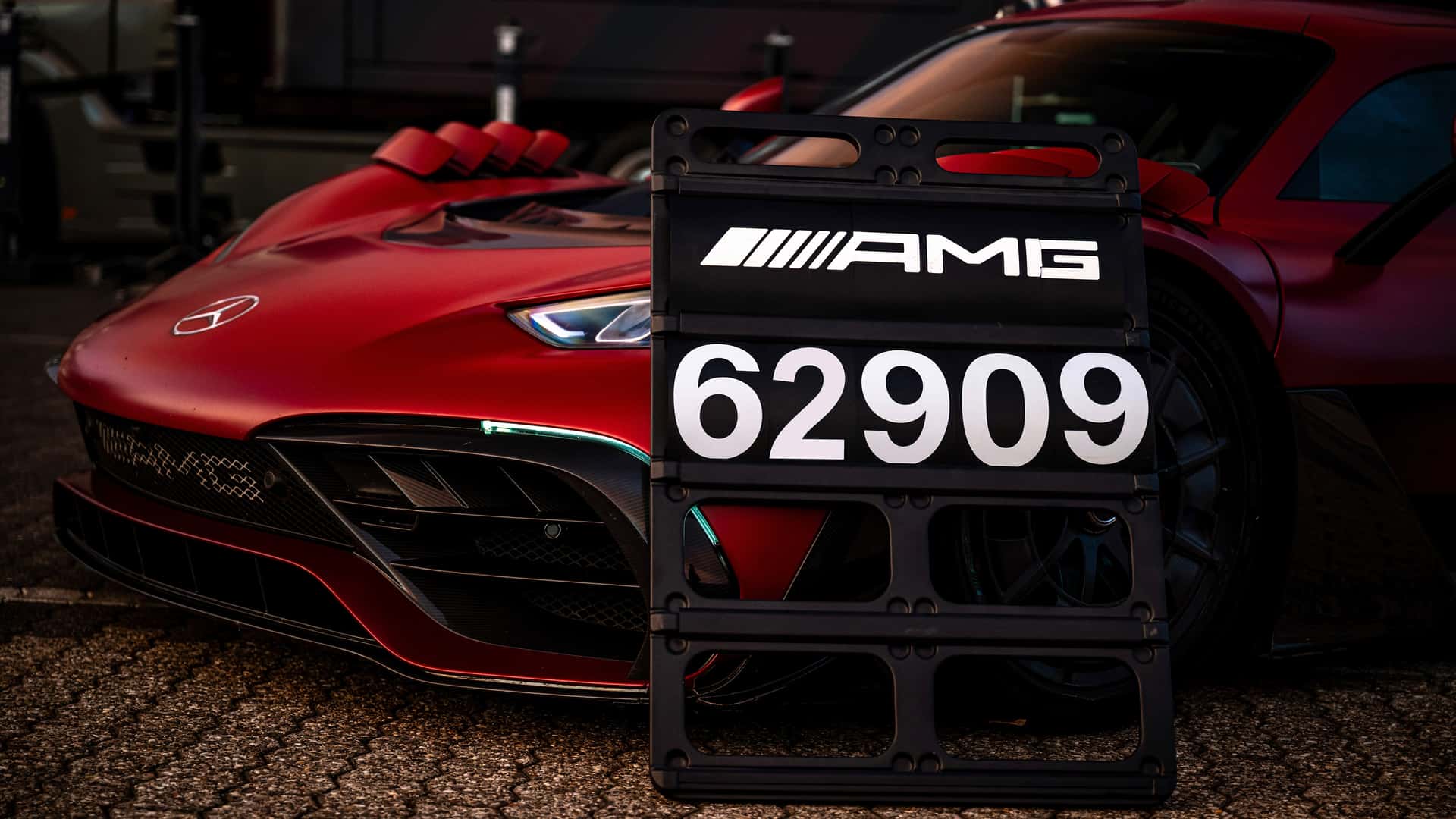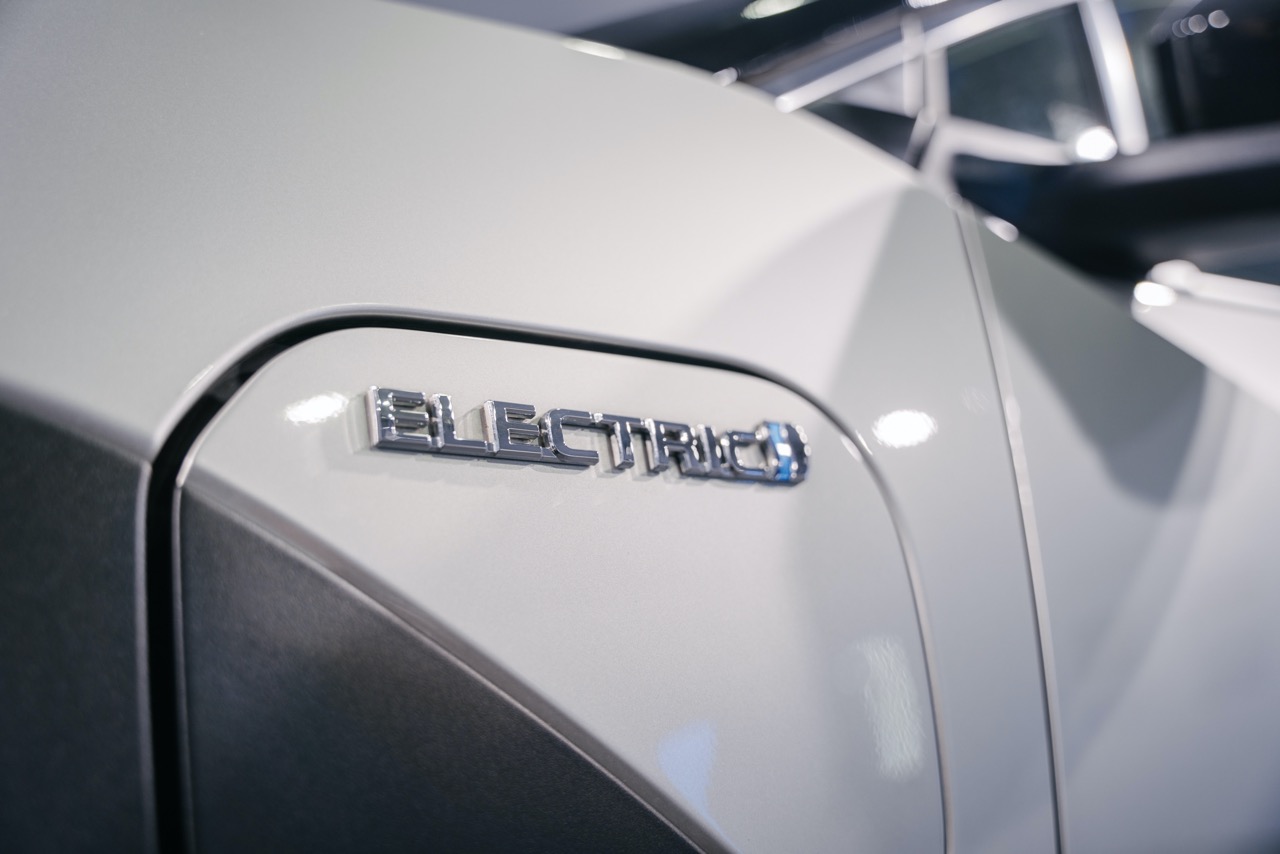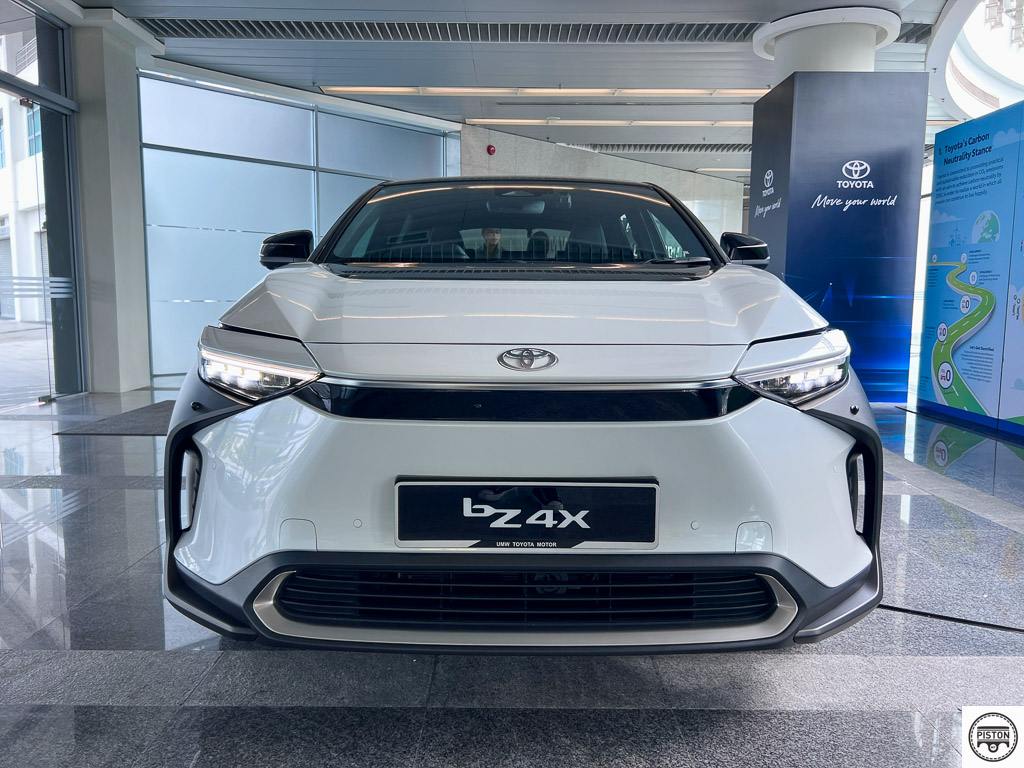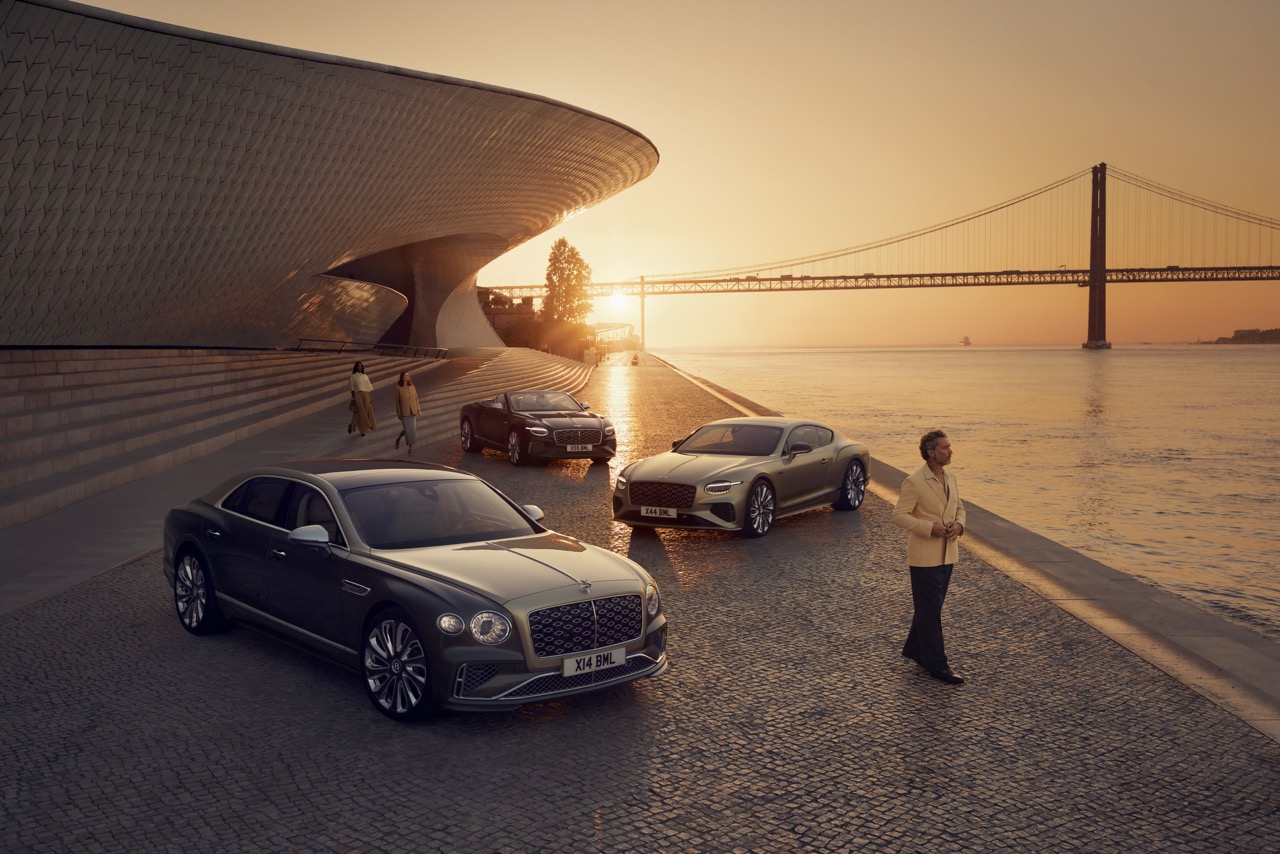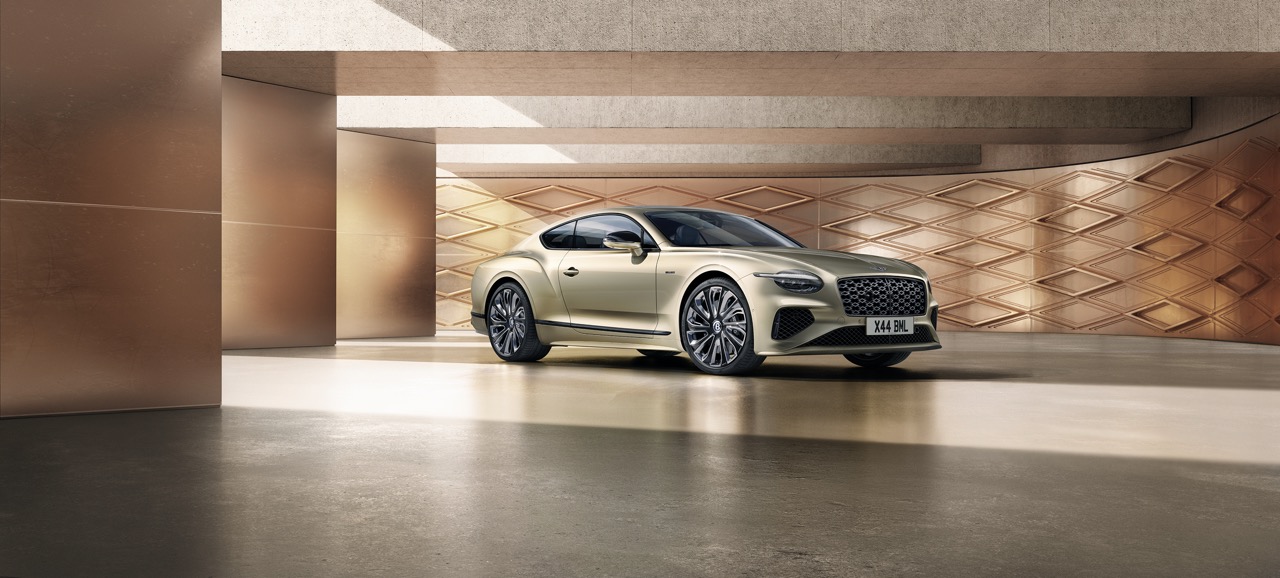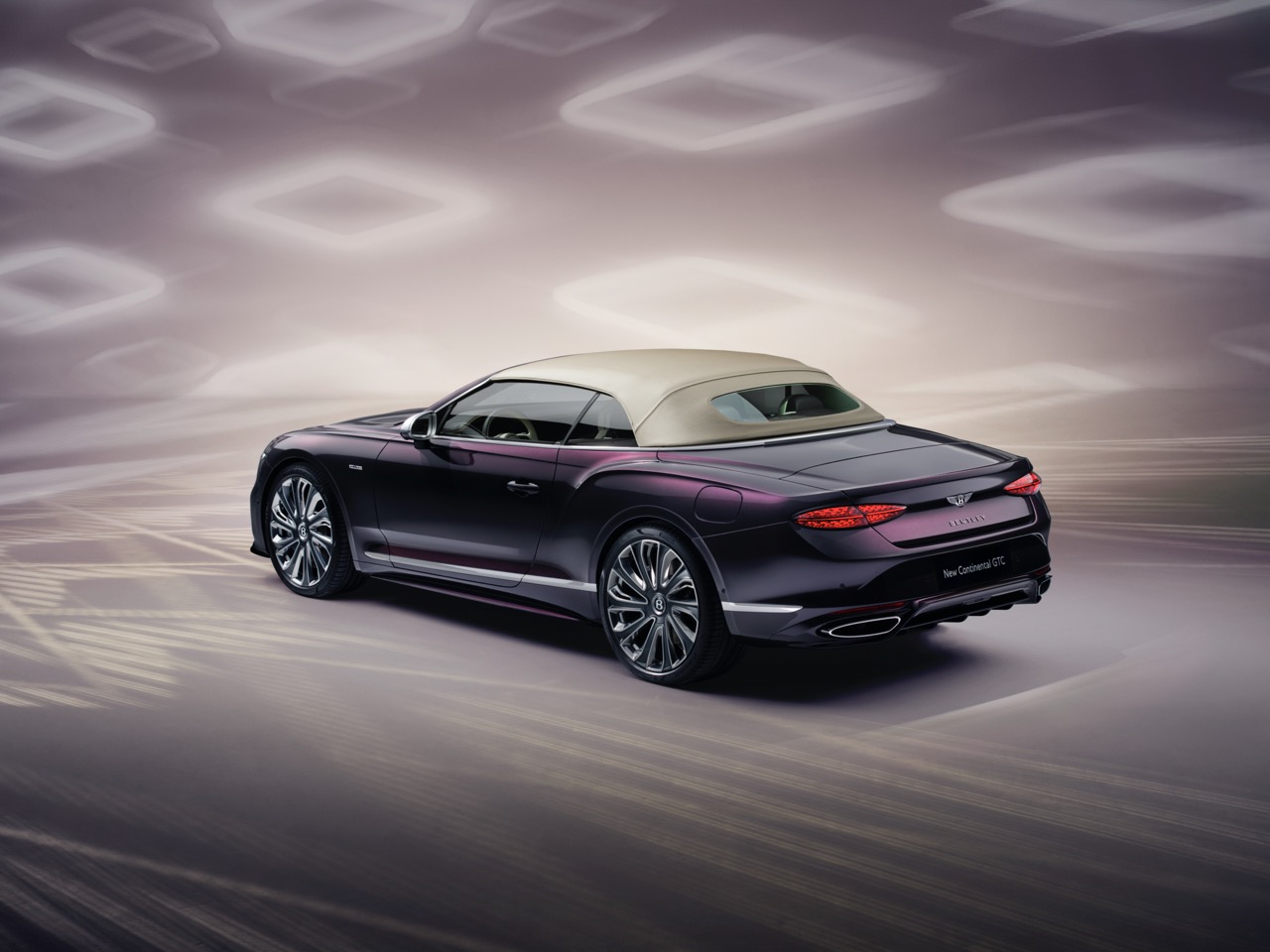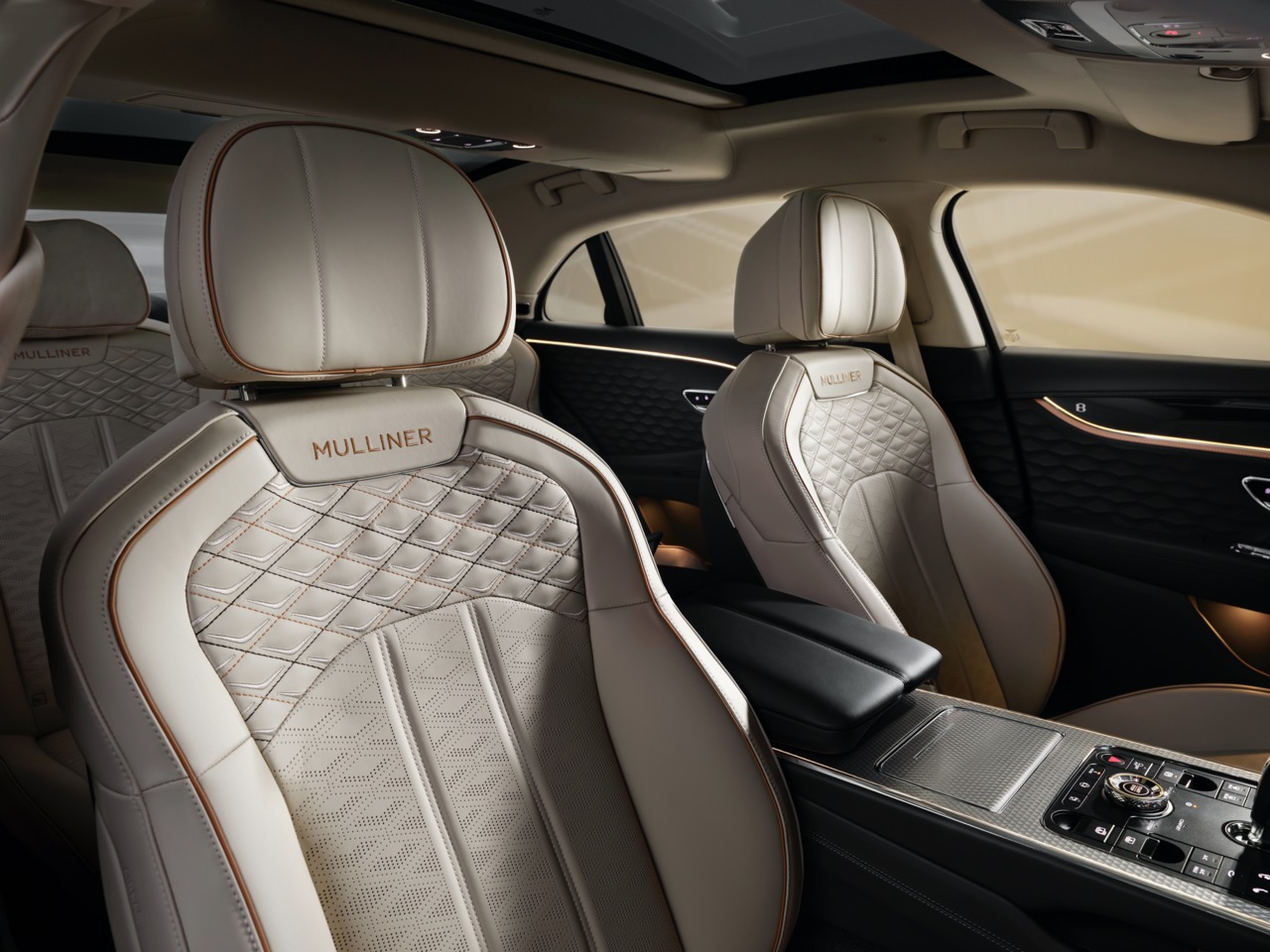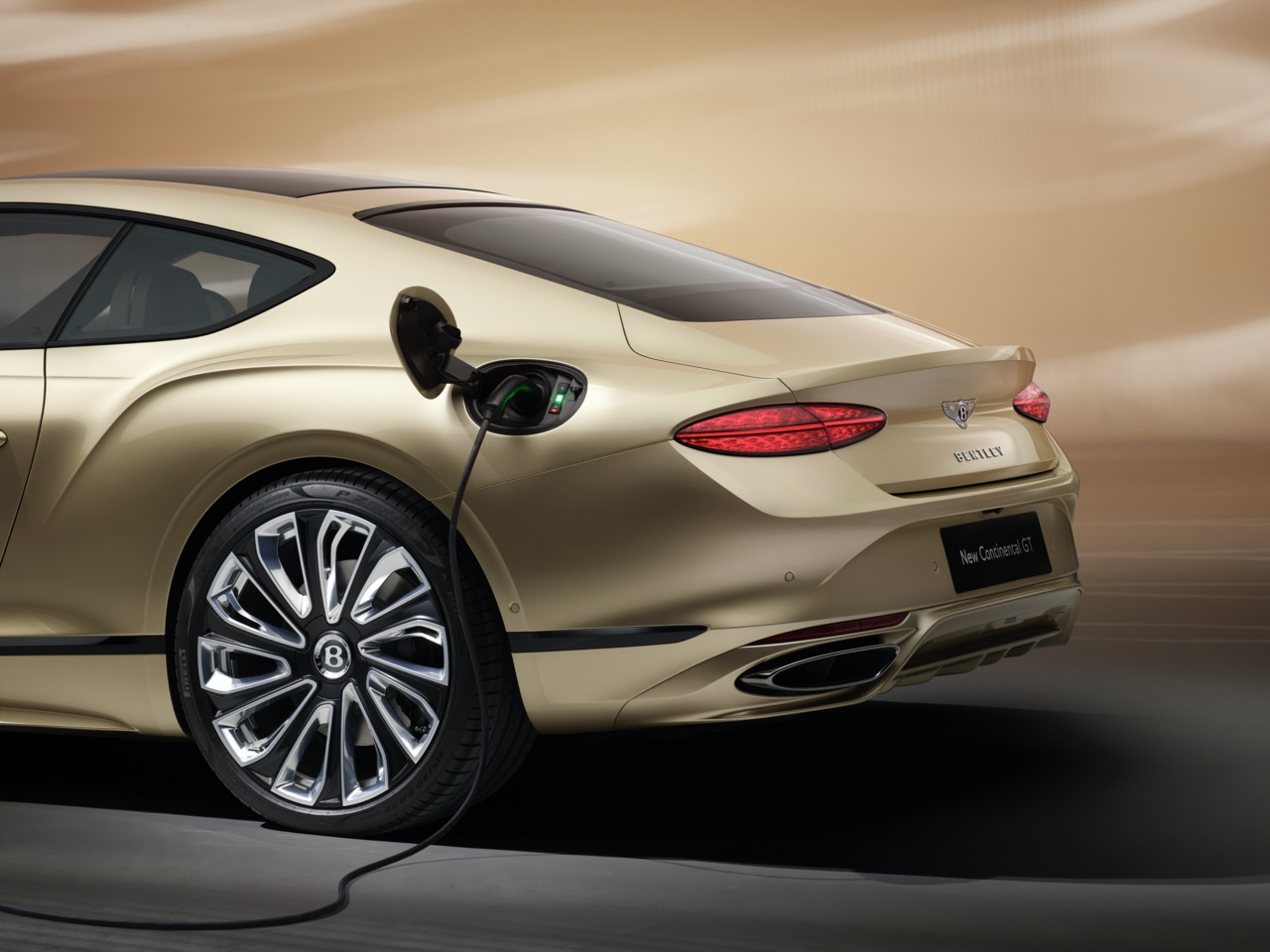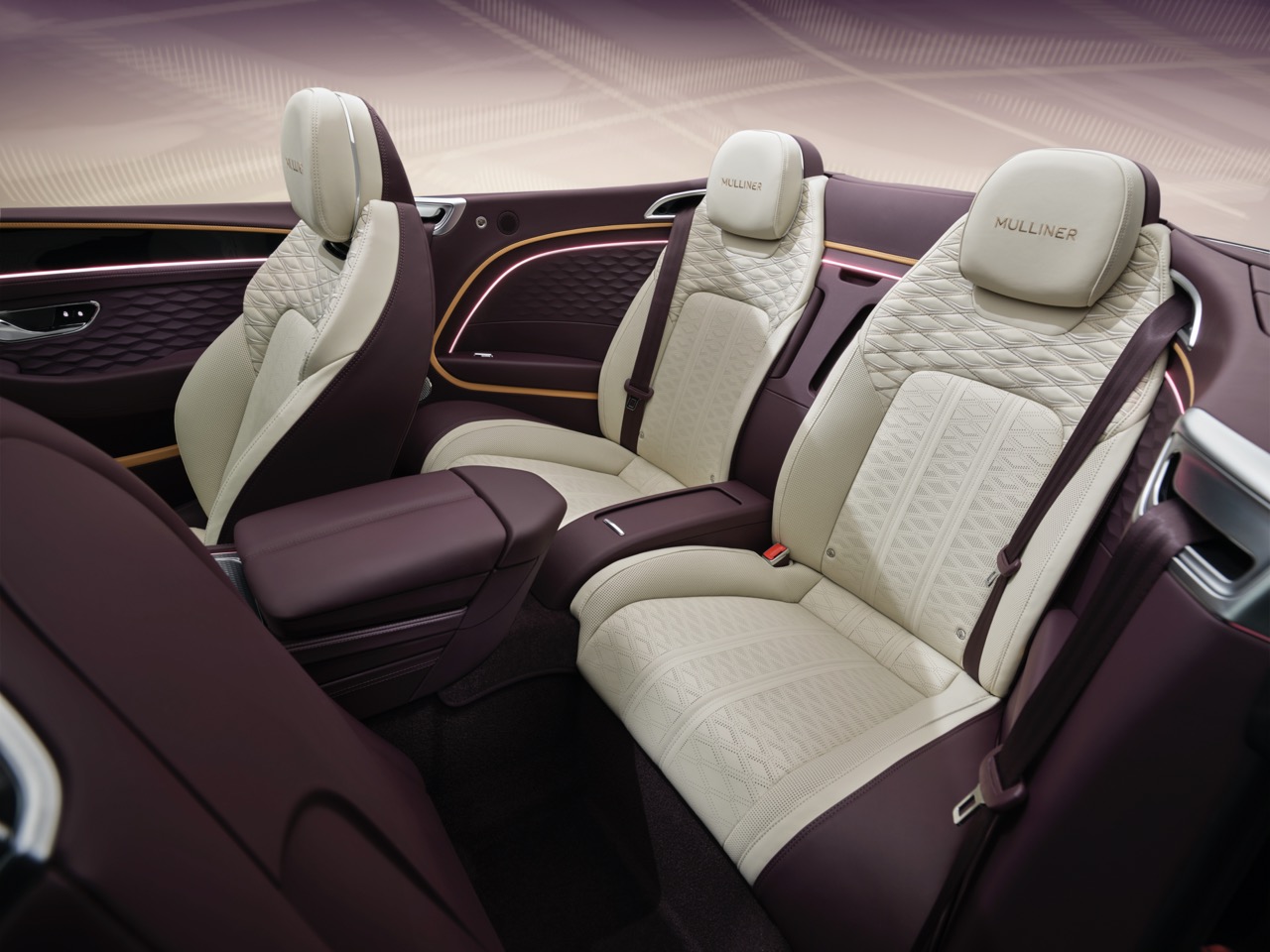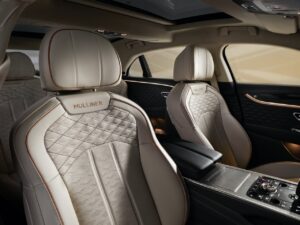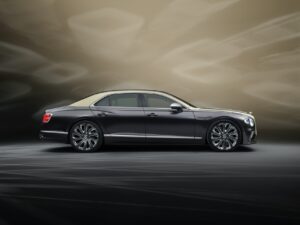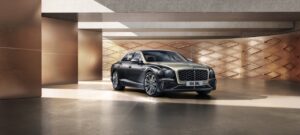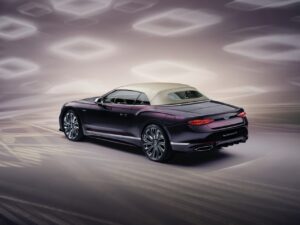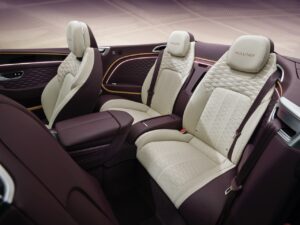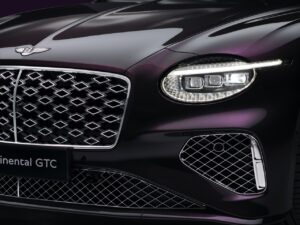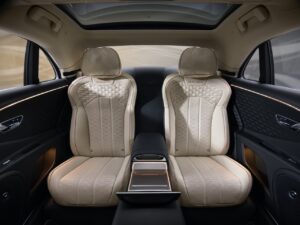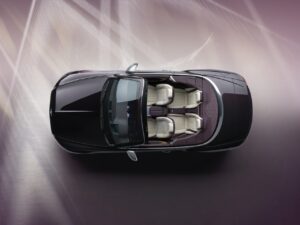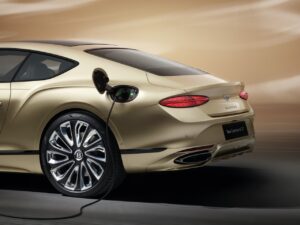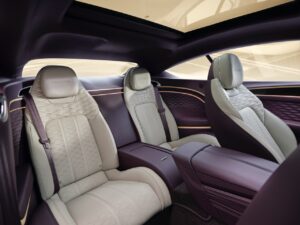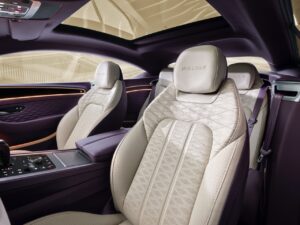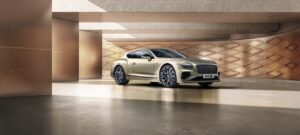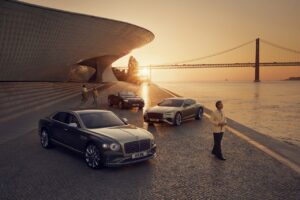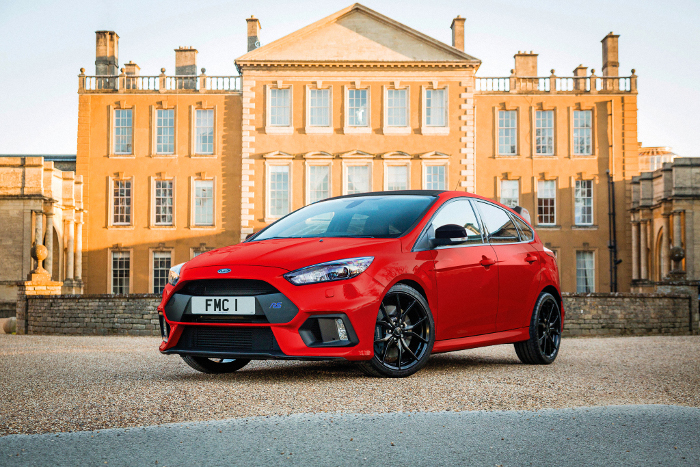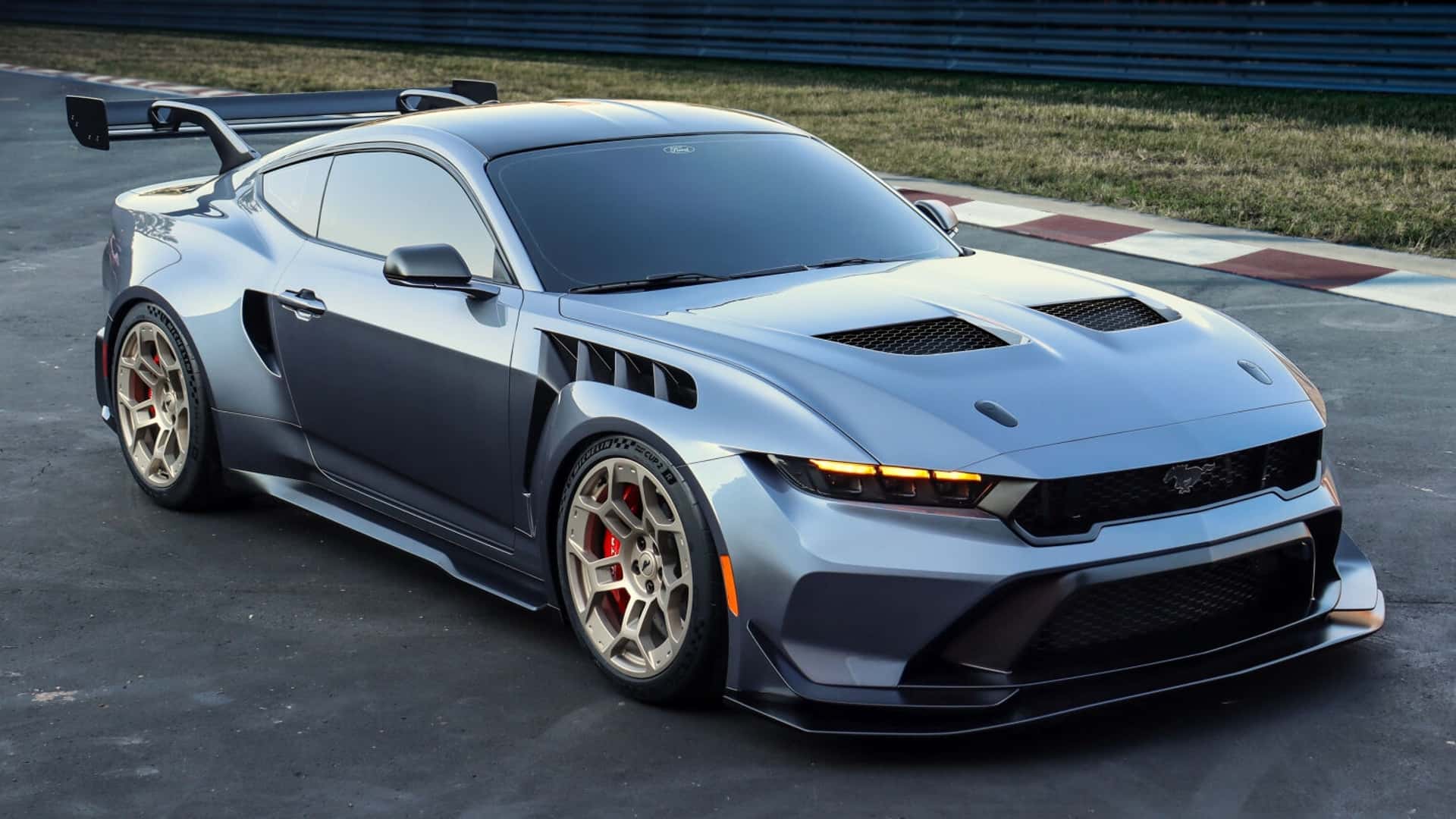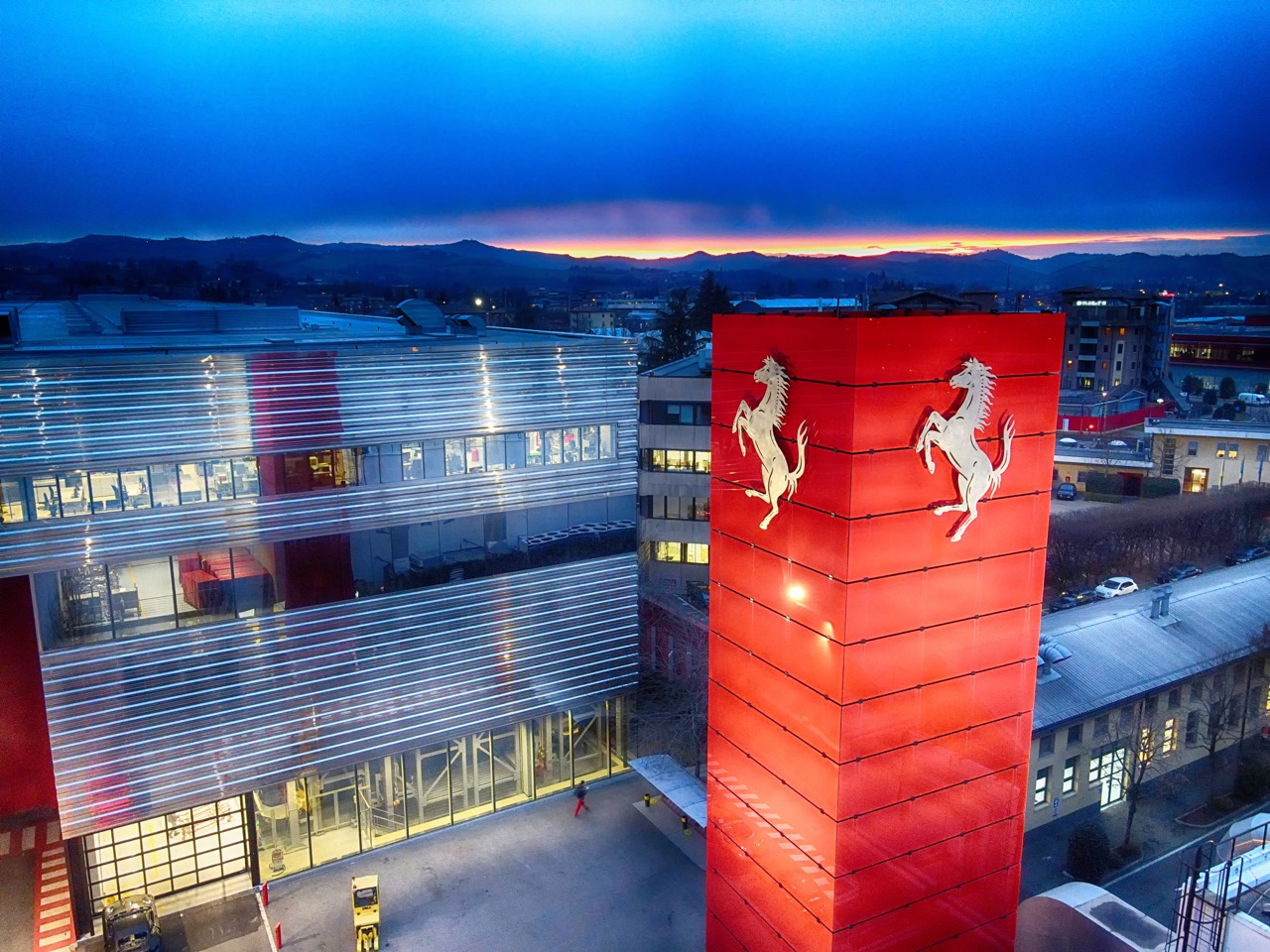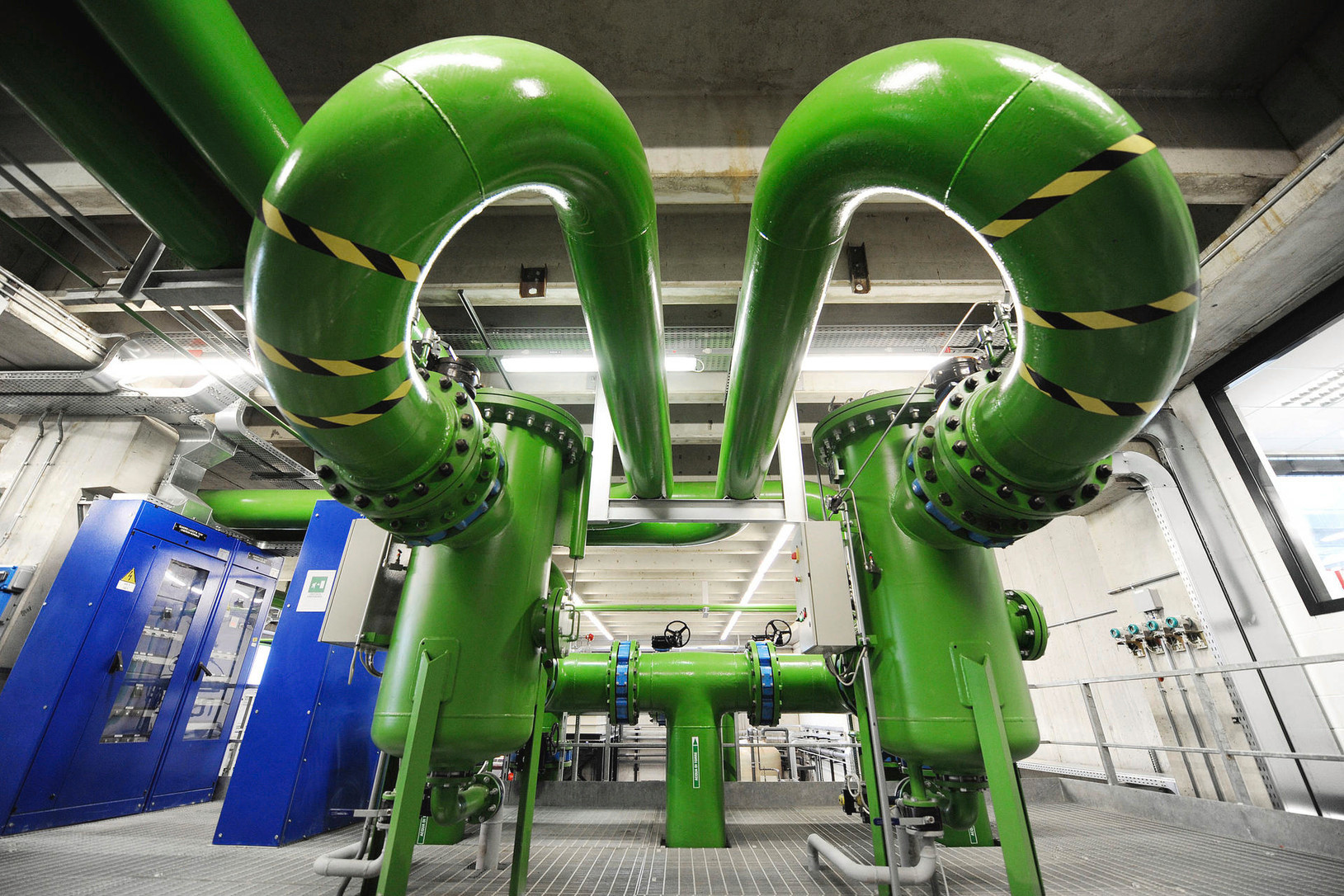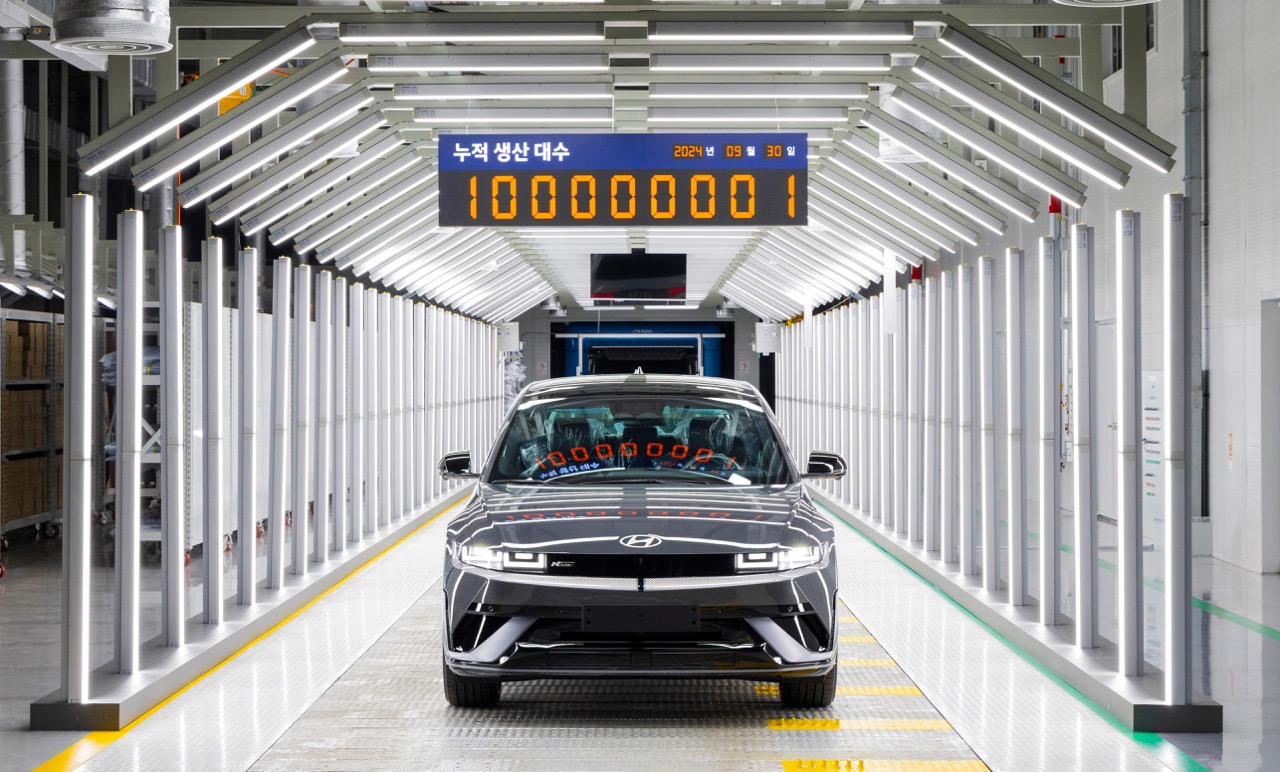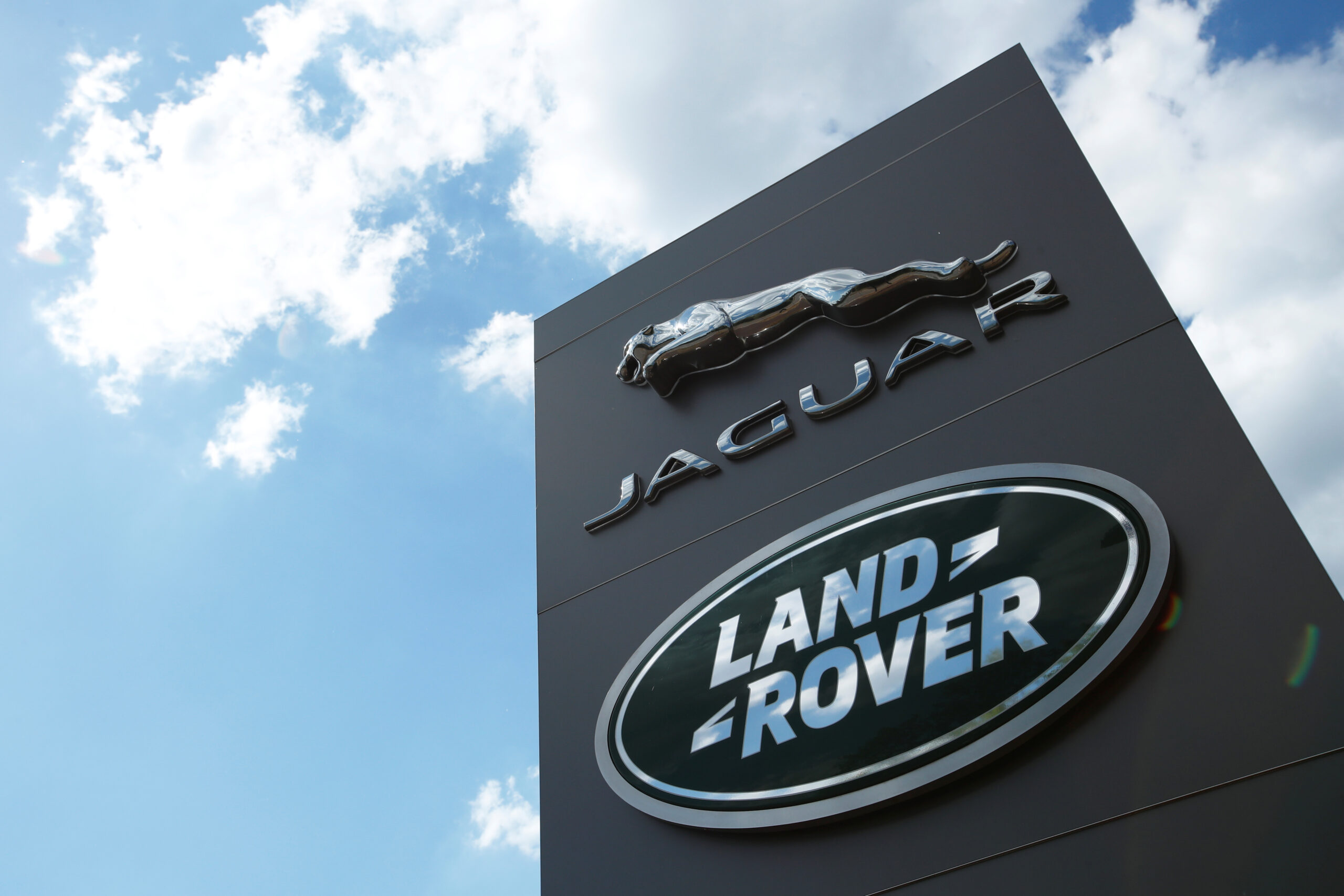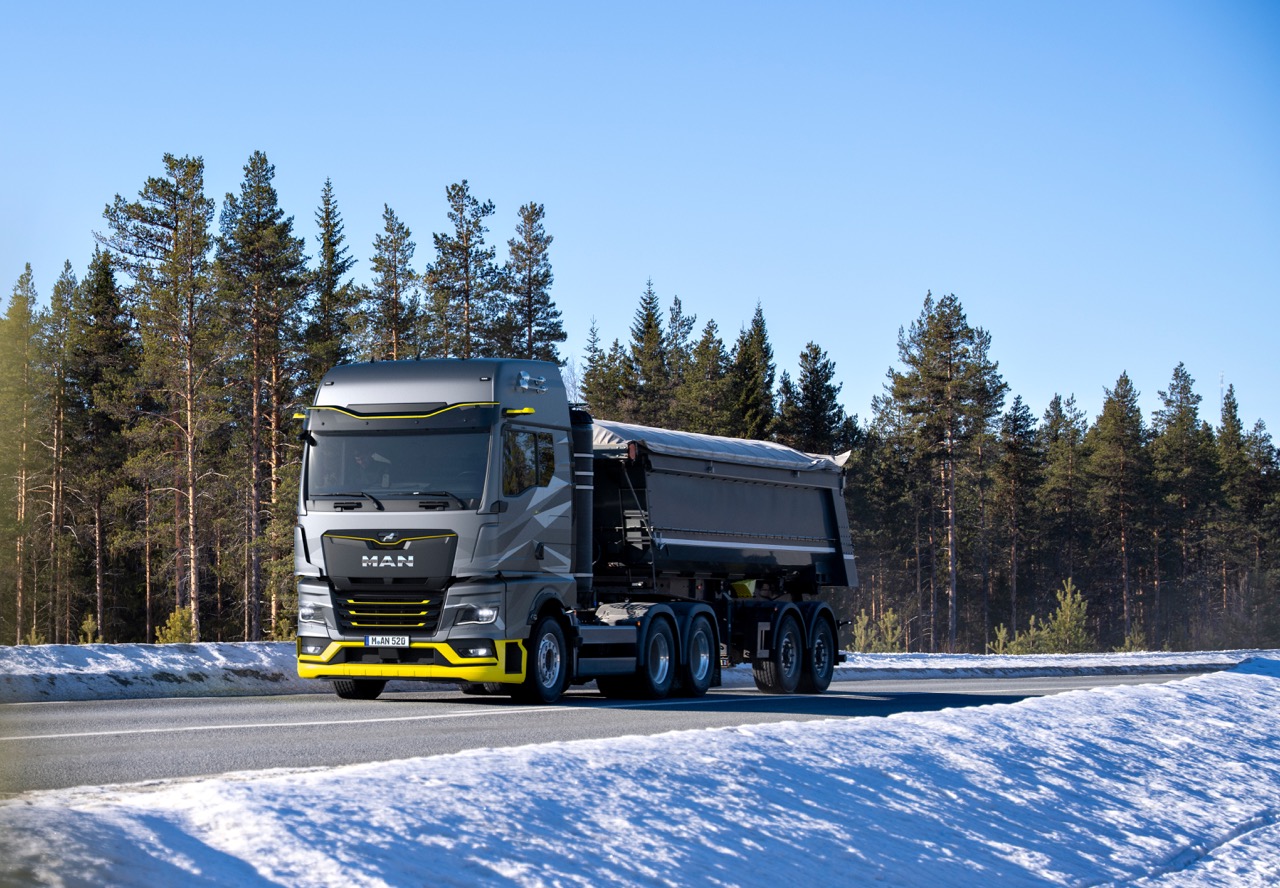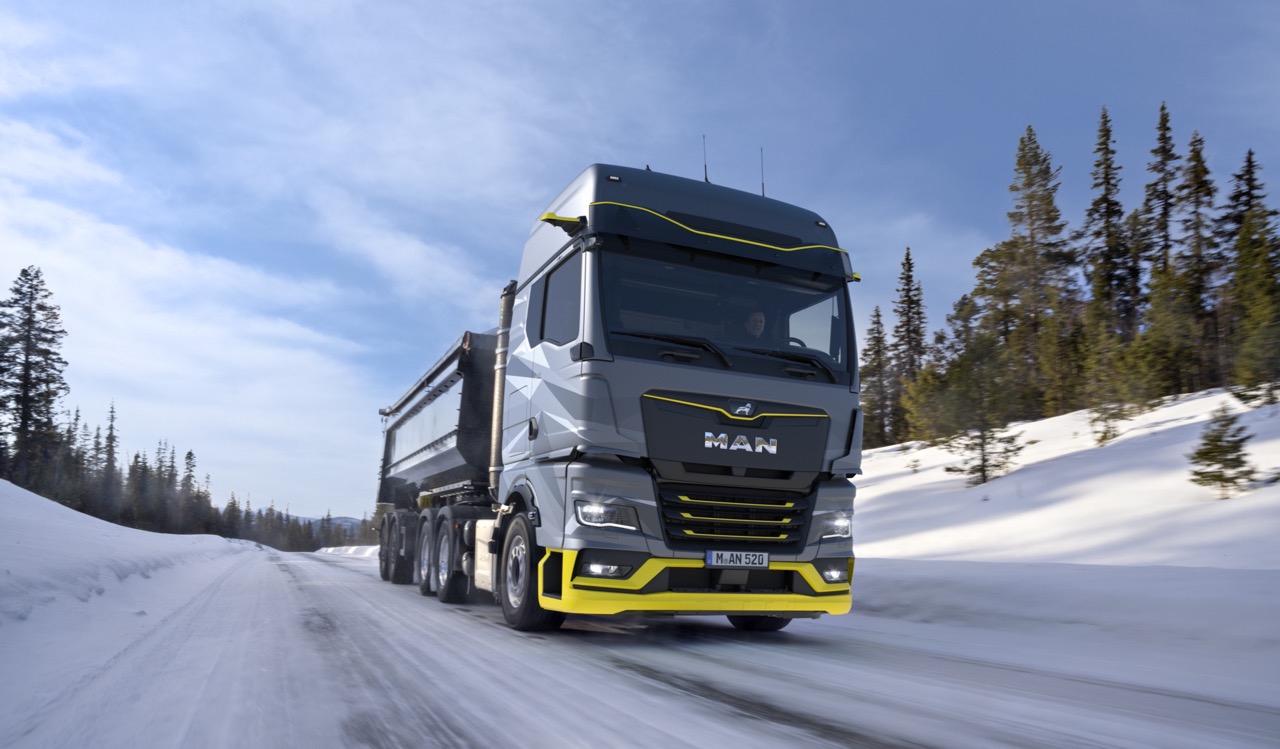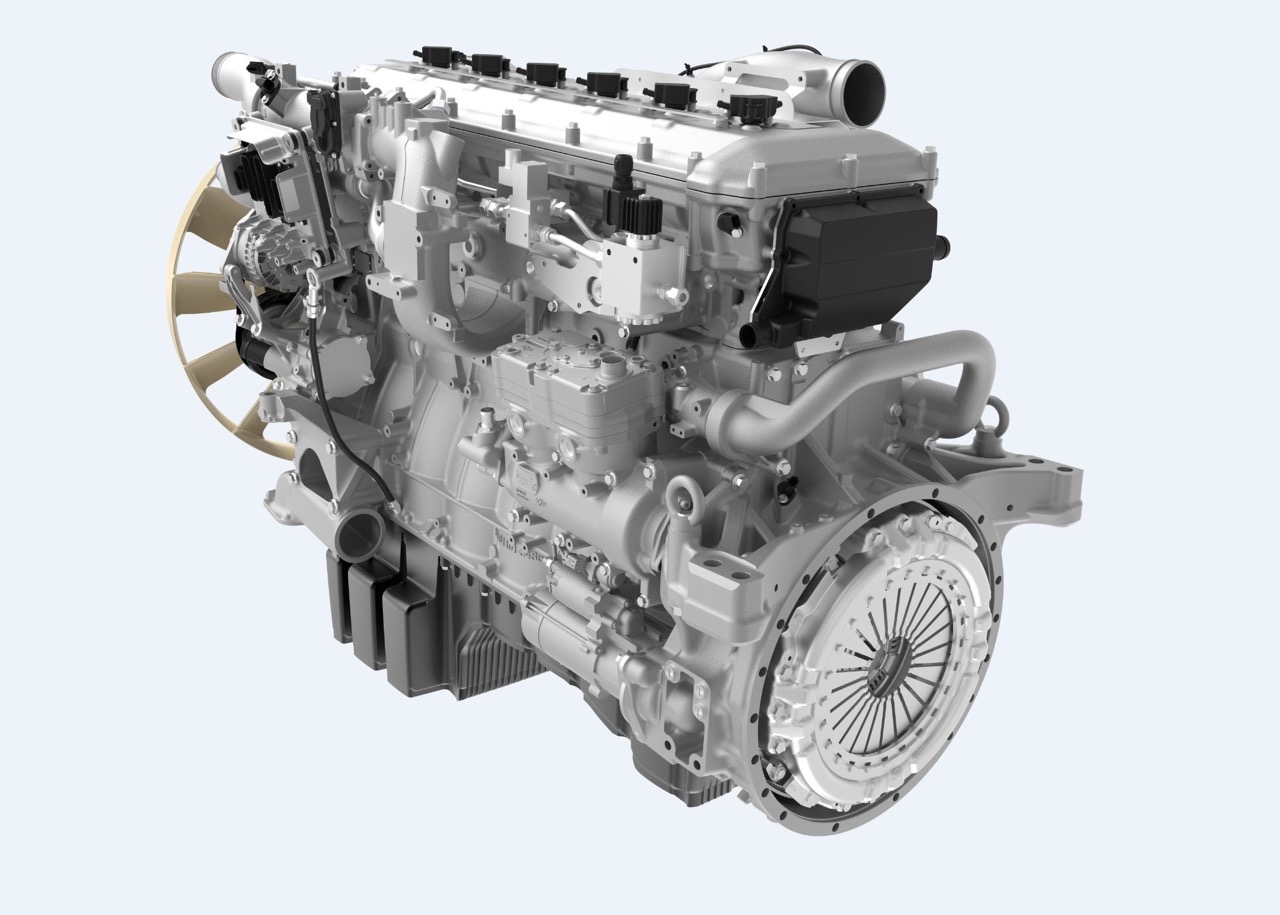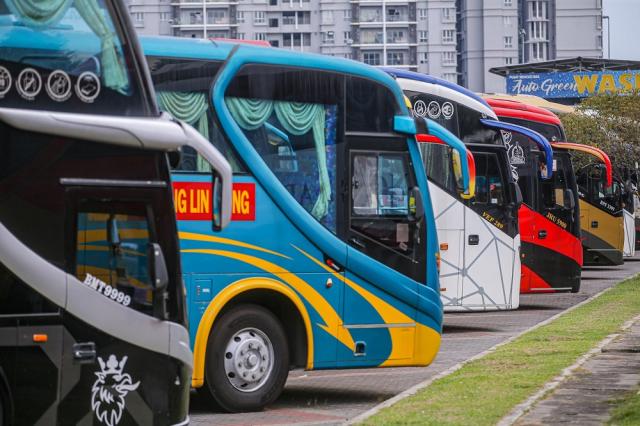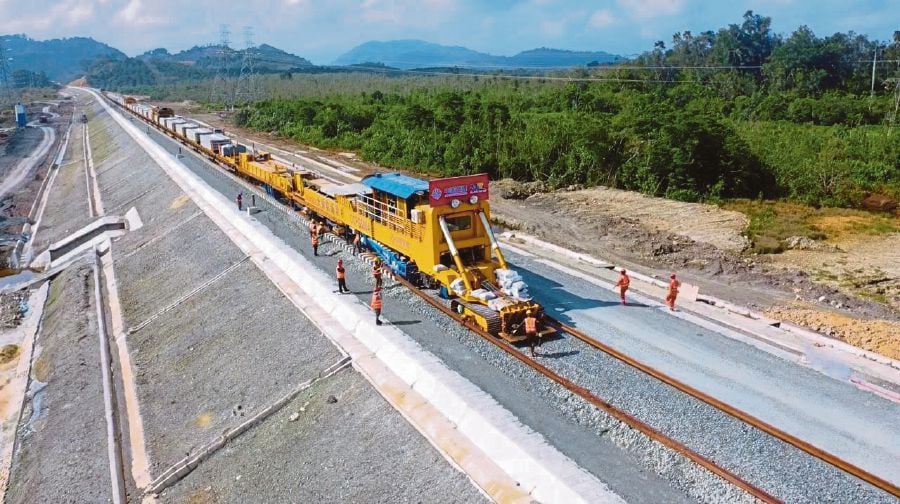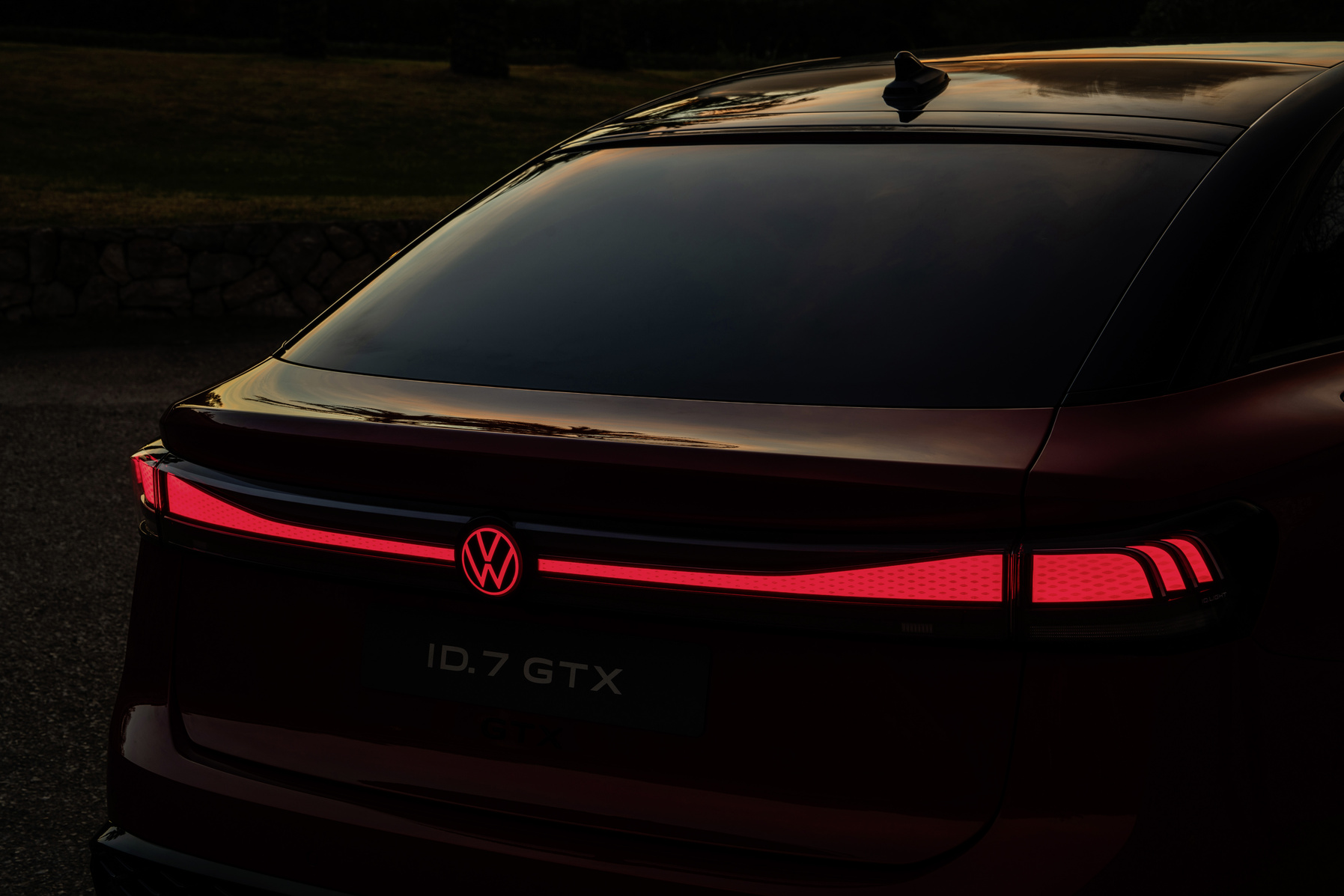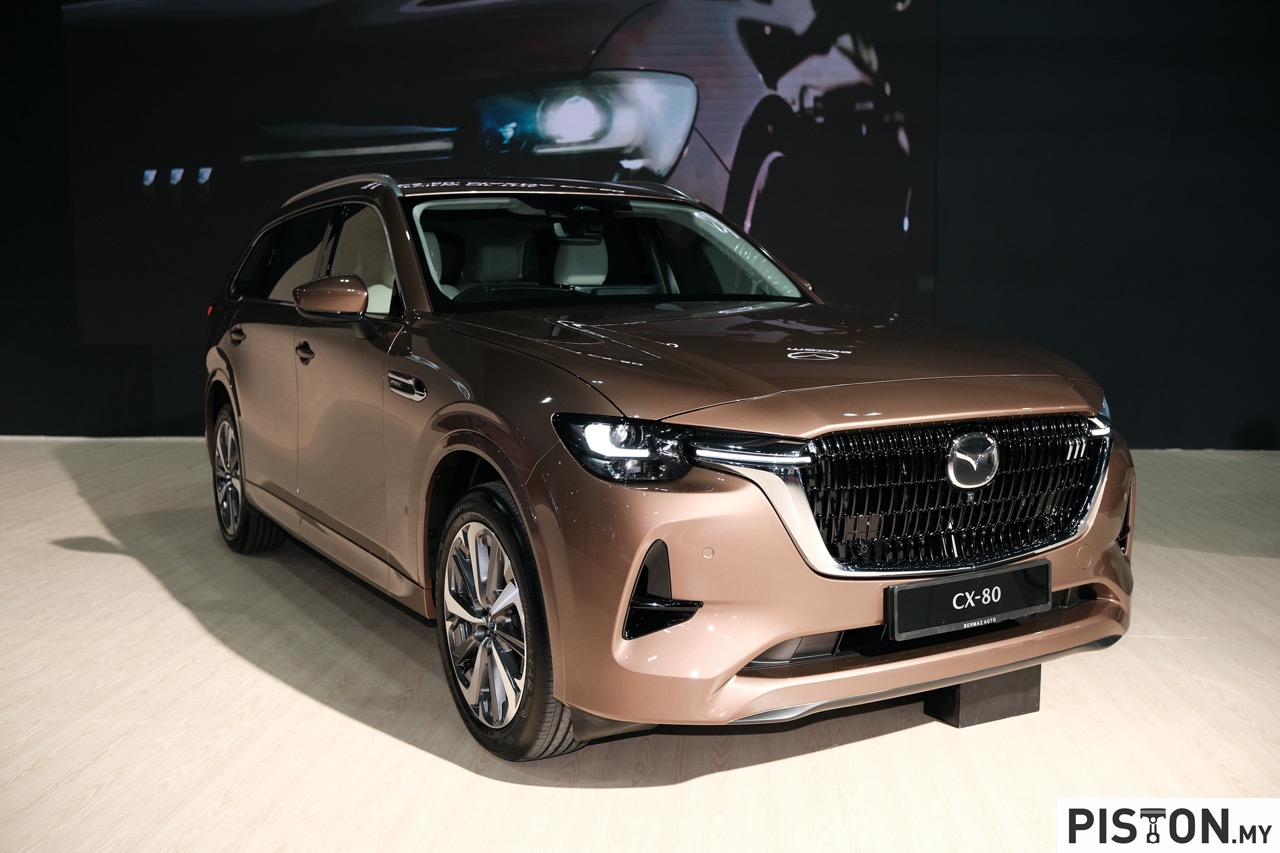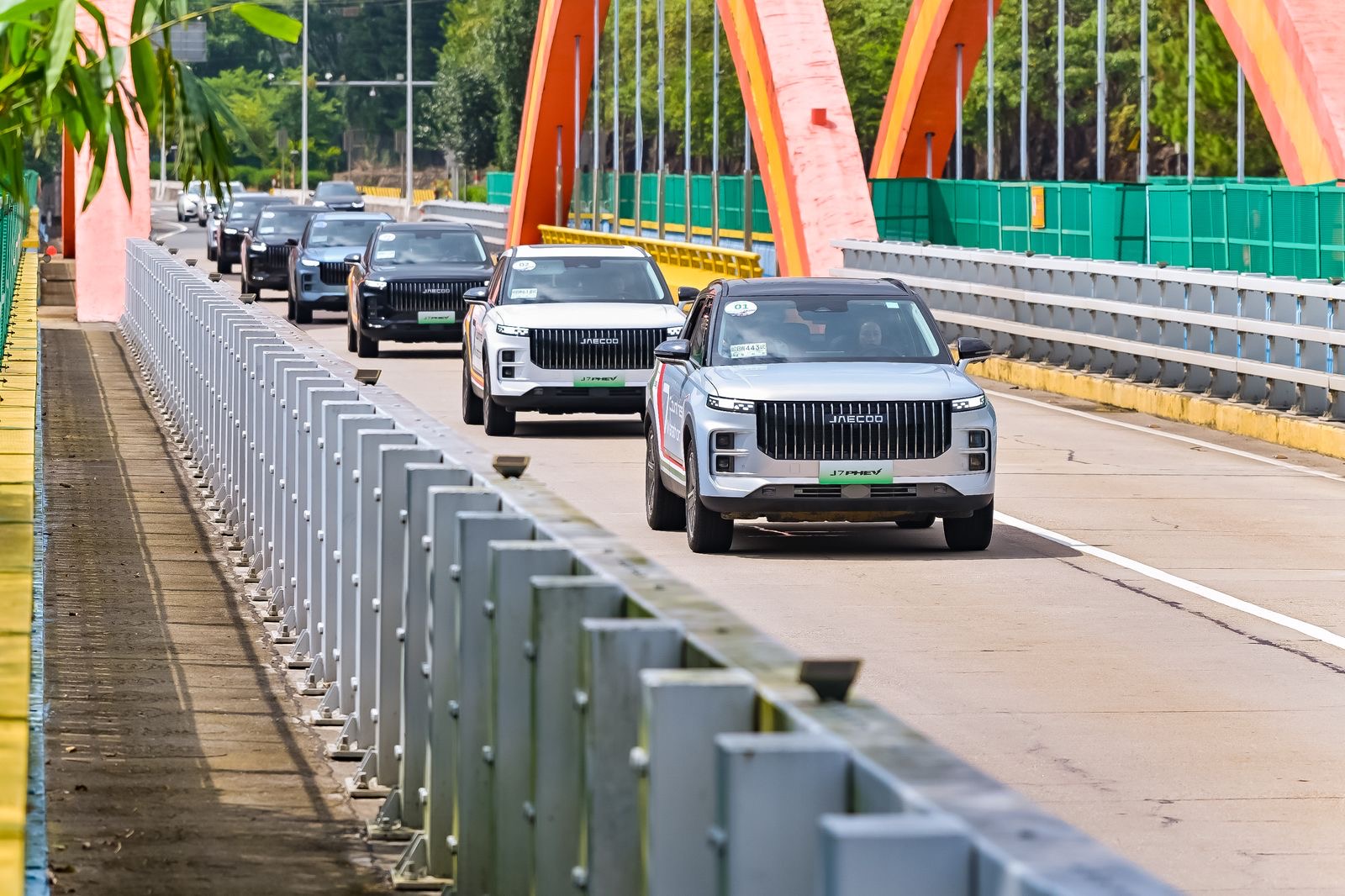BMW has taken a strong stance against the European Commission’s proposed high tariffs on China-made electric vehicles (EVs), urging the German government to vote against the measures. In a statement on Wednesday, BMW’s CEO, Oliver Zipse, expressed concerns that the proposed tariffs could spark a trade dispute with China, which would not only harm Germany’s export industry but also provoke retaliatory measures from China, deepening tensions between the two economic powerhouses.
The European Union (EU) is scheduled to vote on October 4 on whether to impose tariffs of up to 45% on EVs imported from China. This vote was originally set for September 25 but was delayed due to ongoing negotiations aimed at avoiding the steep levies. According to media reports, the final date could still be subject to change, as member states grapple with differing opinions on the matter.
The delay reflects broader concerns within the EU regarding protectionist measures and their potential impact on existing trade relationships with China. Many EU countries have built strong economic ties with China, and some fear that imposing such tariffs could hurt their own economic interests. Cui Hongjian, a professor at the Academy of Regional and Global Governance in Beijing, emphasised that these tariffs could undermine the open and cooperative trade relations that have been carefully developed over the years.



